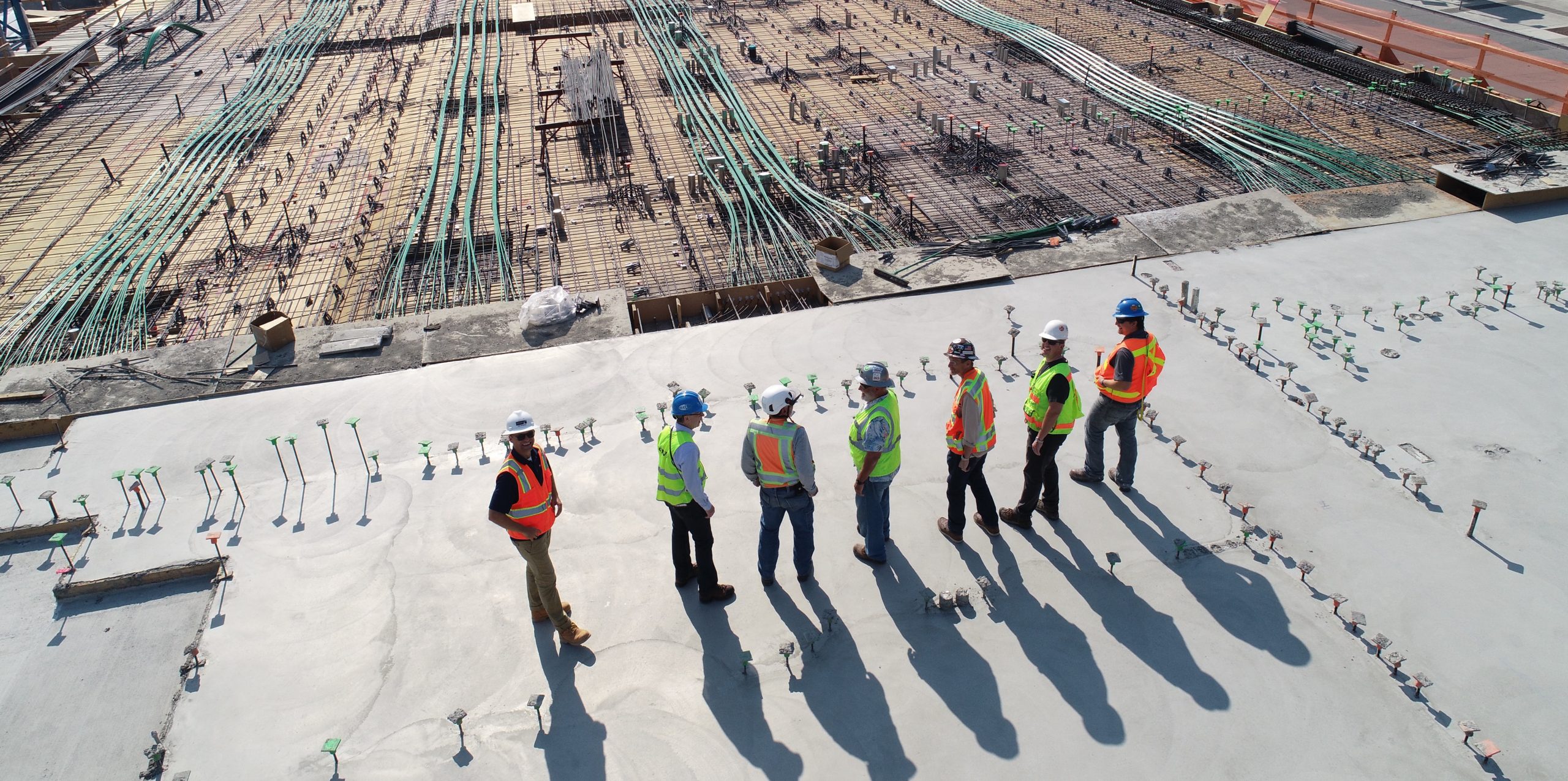Precast concrete has for a long time been a preferred choice for construction materials. This is informed by the fact that it offers a range of benefits that can help you complete a project efficiently and affordably. Precast concrete is 50% less expensive to build with than regular concrete. It outperforms all other conventional construction methods in terms of cost, speed, and environmental sustainability.
When implemented right, precast concrete improves a project’s financial viability. For a fraction of what it costs to cast concrete on-site, you can use precast concrete to construct columns, beams, floors, walls, roofs, and just about any structure your mind can conceive. However, to enjoy the economic benefits of precast concrete, there are several things to consider.
This read will look at how you can benefit from the economic benefits of precast concrete construction in small and large-scale projects.
1. Have an Experienced Precast Concrete Partner on Board
A crucial element in guaranteeing a project’s economic success is having an experienced partner with a solid understanding of precast design, architecture, and technology. A trusted partner like TKL with extensive expertise in precast technology and construction can help you take an idea from conception to completion while still being affordable. Such a precast concrete partner will work to execute your project successfully and affordably.
2. Plan Production and Installation Sequencing
Carefully planned manufacturing and installation sequencing prevent double handling of precast parts and components. It also reduces the amount of crane time required for installations. The installation timeline and anticipated slab cycle duration should always match the precast manufacturing sequence. The first-in-first-out concept must be followed throughout the installation as per the delivery schedule and installation, or erection order.
In some cases, the floor plate may need to be divided into two work grids. For large-scale projects where similar precast components are used, keep an adequate supply of those components on hand so installation doesn’t halt in the event of production delay.
3. Adopt Efficient Structural Design
The most effective and feasible structural solution for the project should be determined in advance. Efficient structural design should factor in the precast products’ weight and dimensions. This is to ensure they are within the capacity of the cranes at the manufacturing and installation sites. Although having large components to decrease the number of joints may seem like a good idea, they may be quite challenging to handle, which will affect the crane capacity requirements and installation costs.
Additionally, the ideal precast structural design can lower the building’s total load, which brings down the structure’s steel and concrete coefficient. When looking for a structural design firm, it is important to keep these factors in mind.
The task of the structural engineer is challenging since mechanical, electrical, and plumbing conduits are already incorporated in the precast concrete. To guarantee that all inserts and embedments are taken into account during the structural design, the engineer must continuously collaborate with the execution team and relevant consultants.
4. Use Precast Friendly Architectural Design
A precast-friendly architectural design is critical to a project’s success. It promotes a modular design, which keeps a project’s costs at a minimum while at the same time maintaining its aesthetic appeal. The layout of the structure should be compatible with precast construction. For example, reducing the number of corners in a structure speeds up the installation of precast concrete components and joint work. Additionally, a structure should have the weight transferred linearly to the foundations to guarantee a longer lifespan. This may mean avoiding floating walls and columns.
Precast concrete components are easy to produce, transport, and install. When using this approach, the builder, client, and end-user enjoy the full benefits of precast construction. Precast facades are also recommended for their aesthetic appeal. The economical benefits of precast concrete translate into great savings in paint and other finishing supplies.
5. Use Simple 2D Precast Components
Designing and using 2D precast components is highly recommended. The goal is to ensure the success of a project. Because they require less formwork and are easy to fabricate, production is quicker and less expensive. 2D components are also easy to transport. They allow for many components to be transported together, lowering the unit transportation costs and speeding up delivery. Their regular shapes also lower the risk of damage during handling and while in transit. Besides, the ease of installing 2D components results in quicker installation.
6. Easy to Use Materials for Joints
To facilitate installation, precast building joints should be practical and simple. Of course, they must adhere to the regional building design codes. You also need to consider when to fill the joints. For instance, it is best to fill the joints early in the morning or later in the day when temperatures are relatively cool.
Because of its durability and wide range of aesthetic possibilities, concrete has been used for centuries. While it’s highly durable, the fact that it’s economical can only be a good thing.

